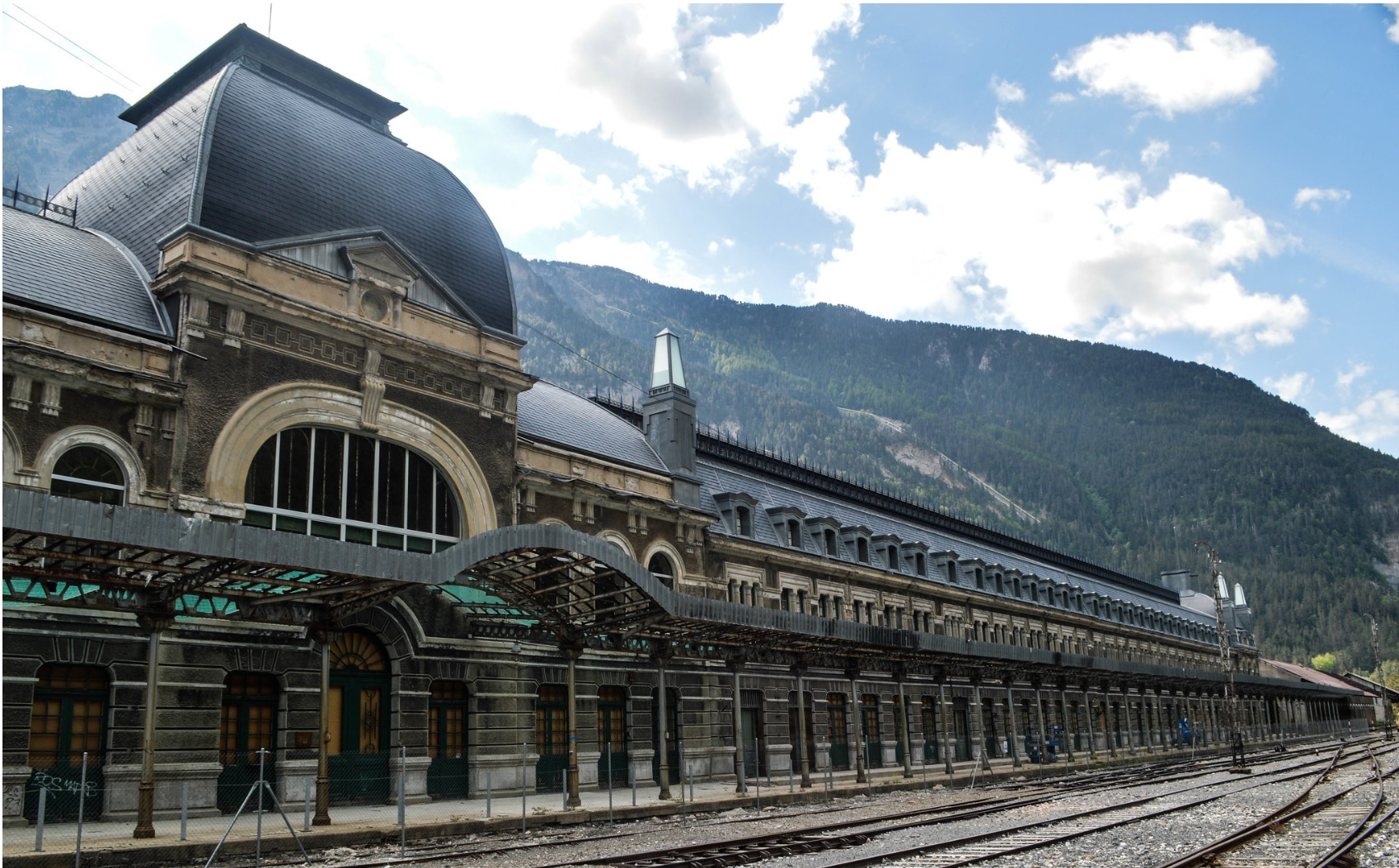Stories about the Third Reich continue to fascinate and make headlines long after the death of Hitler at the conclusion of the Second World War.
How anyone could unleash the events he did on an entire world still fascinates the public almost eight decades later, and so it is that a 20-year-old discovery, now the topic of a documentary, has provoked public interest in the Nazis once again.
The tale came to light at a train station in the Pyrenees, Canfranc, on the border between France and Spain. Almost two decades ago, a transit driver named Jonathan Diaz was taking a break after a long shift at work.
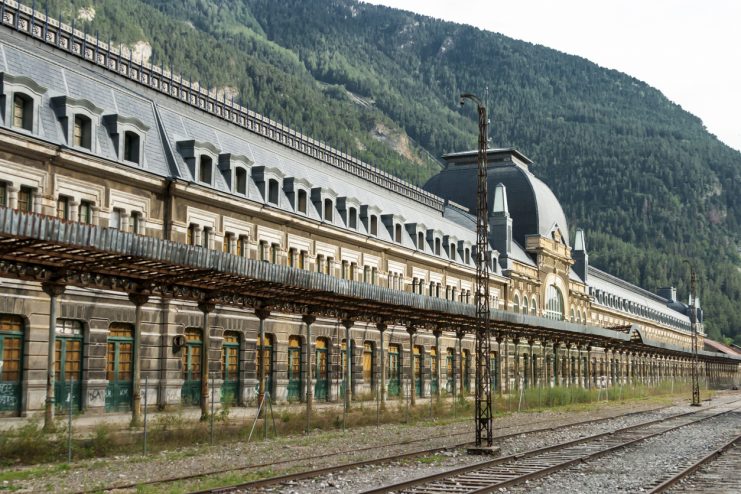
He was poking around the long-abandoned station, and it was there that Diaz came across a big stack of withered documents in a former customs house. He soon realized that one piece of paper had the words “gold bar” stamped on it, and he was intrigued.
Third Reich
He had heard stories of Hitler sending ill-gotten gold through Canfranc while he was in power, from countries the Nazis occupied, to Spanish officials.
As he continued reading, Diaz realized that long-talked-about legends were apparently true; almost 90 tonnes of gold had made its way to Spain. It was Hitler’s payment for tungsten, a Spanish ore the Nazi needed to feed their war machine. A new television series, “Secrets of The Railways,” explores this dark chapter in the history of the war in its first episode, entitled “Nazi Gold Highway.” It aired recently in Britain.
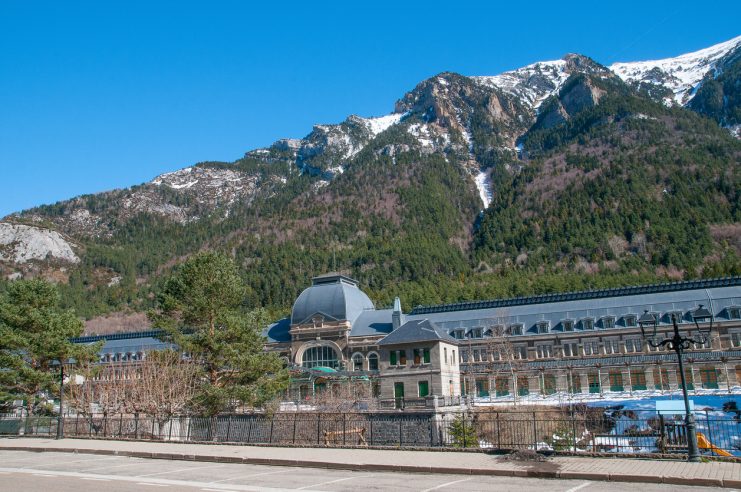
However, it isn’t a history lesson Spain is keen to be reminded of. That’s because not all the gold was returned to its legitimate owners, which it should have been after the war.
Former U.S. president Bill Clinton made public papers that confirmed World War II Allies had tried to return the gold to where it belonged. Spain, it was discovered, had only returned a marginal amount to its rightful place.
Diaz, who is interviewed in the documentary, said, “It was embarrassing for Spain, and explains why their authorities gave me such a rough ride when I went public with the documents.”
Diaz’s discovery – and Spain’s oversight – is not the only controversy that envelopes Canfranc. It was built in the mid-1920s, and officially opened in 1928. And it was more than a train station; it had a French Embassy, and even a glitzy hotel.
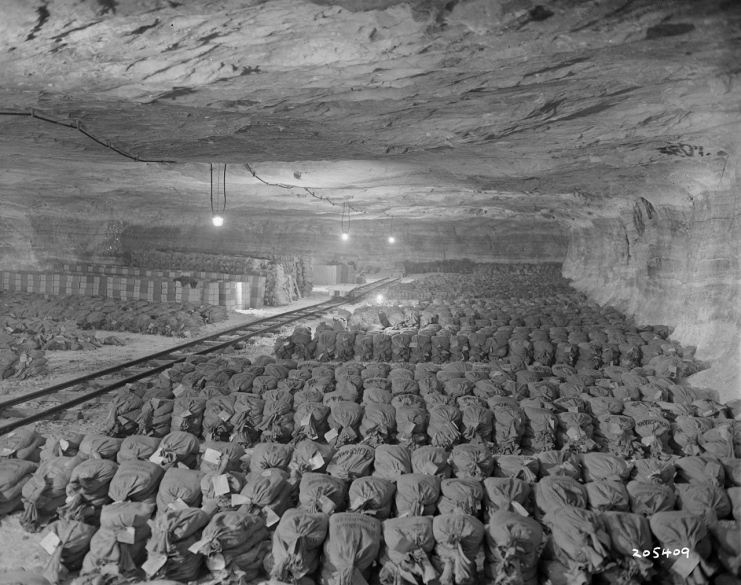
Although it made travel between Spain and France easier and more convenient, “Once the Nazis arrived, it became like Casablanca,” said historian and journalist Guy Walters in the documentary. “On one level were Nazis holding parties, and above there would be railway workers gathering intelligence and passing it to the Allies.”
The station even had a true-life Rick Blaine, the club owner played by Humphrey Bogart in the classic film. Albert Le Lay hosted the Nazis, served them drinks and food, but all the while worked to sabotage trains with the French Resistance and get Jews out of the country any way he could.
Le Lay, who was head of border control, did pretty much as he pleased to help the Allies, all right under the Nazis’ noses.
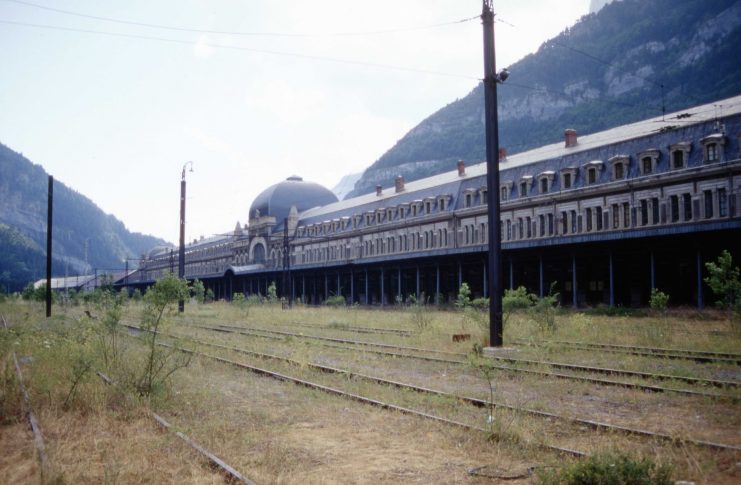
Although Canfranc is now undergoing a multi-million dollar renovation, some think the stain of the Nazis and the Third Reich and those brutal war years will never be erased.
Dominic Selwood, also a historian and journalist, noted, “There was a devastating fire (at Canfranc) in the early years, then General Franco blocked off the nearby Somport Tunnel, then the Nazis occupied it. Not for nothing is it called “The Titanic Of The Mountains.”
Another Article From Us: Graf Spee’s 1/4 Ton Eagle Causing Controversy In South America – Again
Can buildings be fated to live under dark clouds caused by their past uses? Canfranc is a perfect example of what some people believe: that edifices absorb negative energy and can be doomed to misdeeds and bad events no matter what structures are on their land. It remains to be seen whether Canfranc can escape its ugly history and notorious reputation. Lead image – Weronika Czekaj / notatherdesk.com and on instagram
